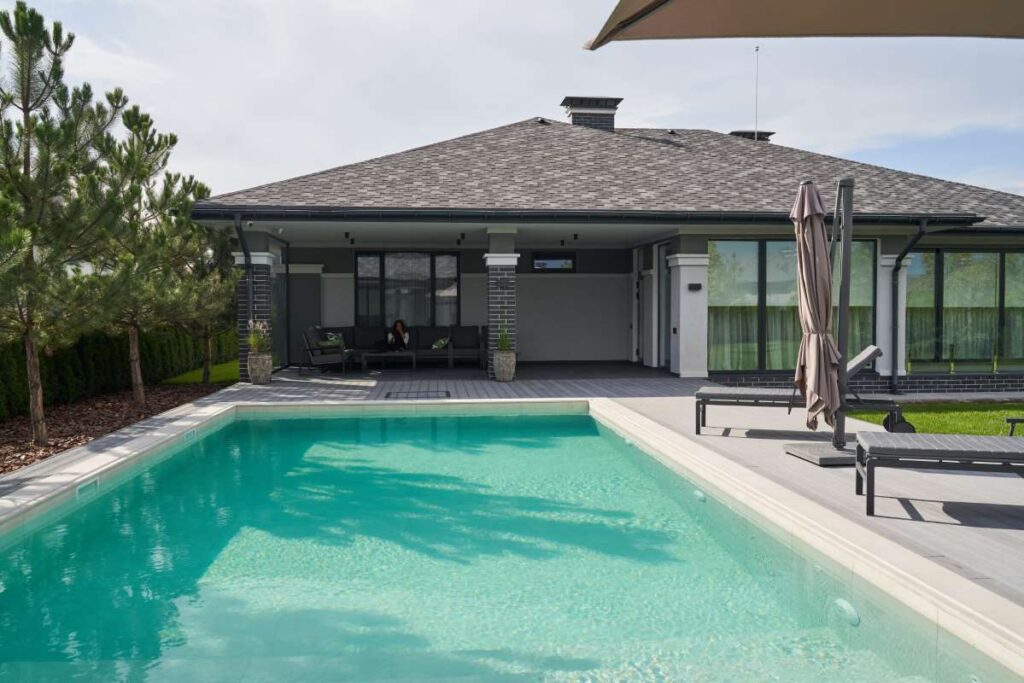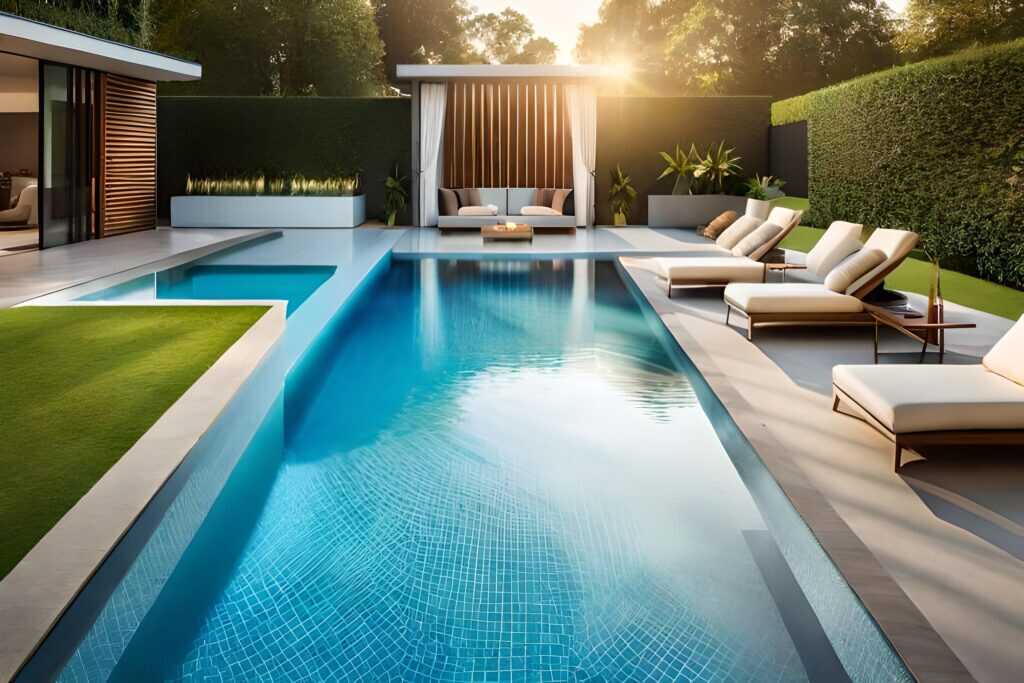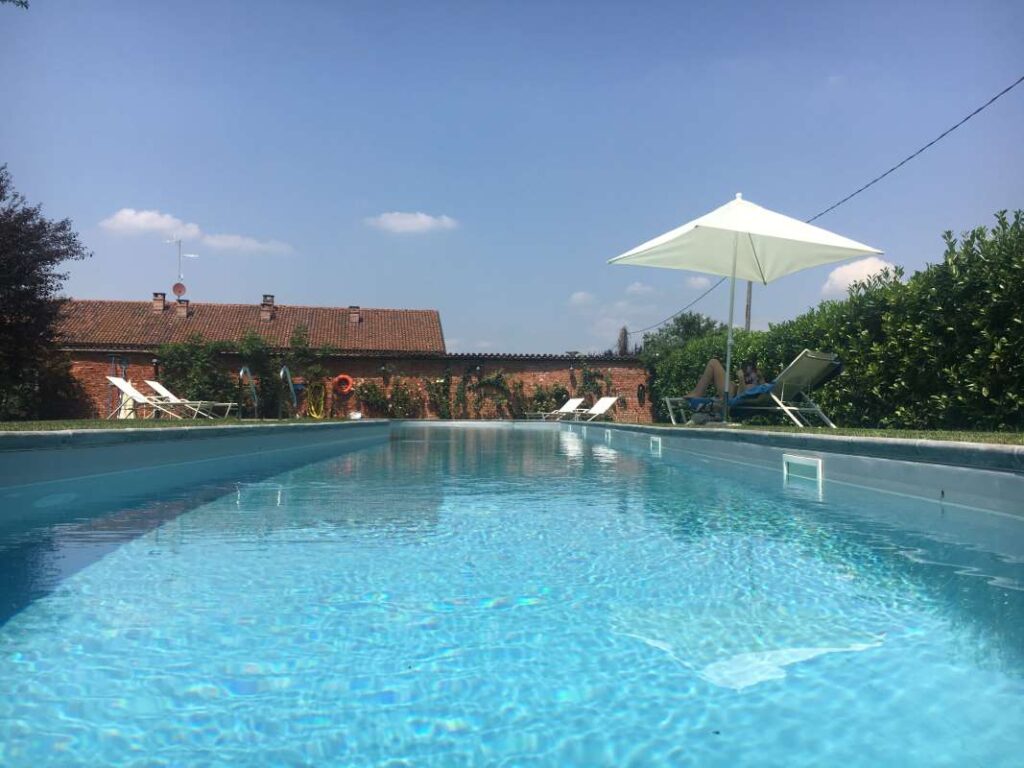Black Algae vs. Green Algae: Different Approaches, Different Solutions
Explore the critical differences between black algae and green algae, their impacts on pools, and effective treatments for each type.
This blog post delves into the fascinating world of algae, focusing on the differences between black algae and green algae. We’ll explore how each type of algae affects swimming pools, their growth conditions, and the best practices for treatment and prevention. Whether you’re a pool owner or a service professional, understanding these differences can lead to better maintenance strategies and healthier swimming environments.
Introduction
Algae are a common concern for pool owners and service professionals alike, often manifesting as unsightly green or black patches on pool surfaces. While they may seem merely aesthetic, the presence of algae can indicate underlying issues with water chemistry, filtration, or circulation. Among the various types of algae, black algae and green algae are the most prevalent in swimming pools, each requiring distinct approaches for control and eradication.
This article aims to provide a comprehensive comparison between black algae and green algae, focusing on their characteristics, growth conditions, and the most effective treatment methods. By understanding these differences, pool owners can implement targeted strategies to maintain clean and safe swimming environments.
Understanding Algae: Black vs. Green
What is Black Algae?
- Characteristics: Black algae, scientifically known as Oscillatoria, appear as dark blue-green or black spots, often found in sheltered areas of pools.
- Growth Conditions: They thrive in water with poor circulation, inadequate sanitation, and high levels of organic debris.
- Resistance: Black algae have a protective layer that makes them more resistant to chlorine and other sanitizers, making them particularly challenging to eliminate.
What is Green Algae?
- Characteristics: Green algae are typically brighter in color and can cause water to appear green. They grow rapidly and can be easily noticed.
- Growth Conditions: Green algae thrive in sunny conditions with high nutrient levels, including phosphates and nitrates.
- Response to Treatment: Unlike black algae, green algae respond quickly to chlorine and other sanitizing agents, making them easier to manage.
Impacts on Pool Health
Both black and green algae can affect the health of your swimming pool, yet their impacts differ significantly. Understanding these differences is crucial for effective pool maintenance.
Effects of Black Algae
- Surface Damage: Black algae can embed themselves into the pool’s surface, particularly in porous materials like plaster or concrete, leading to permanent stains if not treated promptly.
- Health Risks: The presence of black algae can indicate poor water quality, posing potential health risks to swimmers.
- Long-term Costs: Failure to address black algae can result in costly repairs and extensive cleaning efforts.
Effects of Green Algae
- Visual Appeal: Green algae primarily cause aesthetic issues, making the pool look uninviting and dirty.
- Swimming Safety: While not typically harmful, excessive green algae can create slippery surfaces that increase the risk of accidents.
- Maintenance Costs: Prompt treatment of green algae can prevent more extensive maintenance costs down the line.
Treatment Strategies for Black Algae
Eradicating black algae requires a strategic approach due to its resilience. Here are the steps to effectively treat black algae:
- Scrubbing: Use a stiff-bristled brush to scrub the affected areas to remove the protective layer and expose the algae to sanitizers.
- Shocking the Pool: Perform a shock treatment with a high dose of chlorine or a non-chlorine shock to kill the algae spores.
- Maintain Proper Chemistry: Regularly test and balance your pool’s pH, alkalinity, and chlorine levels to create an unfavorable environment for algae growth.
- Consider Algaecides: If necessary, apply specialized algaecides formulated for black algae that can penetrate deeper into the algae’s protective layer.
Treatment Strategies for Green Algae
Removing green algae is generally more straightforward. Here are practical steps to eliminate green algae effectively:
- Shock Treatment: Similar to black algae, shocking the pool with chlorine is often the first step in treatment.
- Filtration: Ensure your pool’s filtration system is functioning correctly to help remove dead algae from the water.
- Brush and Vacuum: Brush the pool surfaces and vacuum to remove any remaining algae particles.
- Preventive Measures: Regularly maintain the pool’s chemical balance and consider using an algaecide as a preventive measure against future growth.
Best Practices for Prevention
Maintaining a clean and algae-free pool requires ongoing effort and attention. Here are some best practices for preventing both black and green algae:
- Regular Cleaning: Maintain a routine cleaning schedule that includes skimming, vacuuming, and brushing to prevent algae growth.
- Consistent Chemical Maintenance: Regularly test and adjust your pool chemistry, particularly pH and chlorine levels.
- Optimize Circulation: Ensure your pool’s circulation system is functioning correctly, and avoid areas of stagnant water.
- Shade and Sunlight Management: Consider installing pool covers or using landscaping to reduce direct sunlight exposure which can fuel algae growth.
Conclusion
Understanding the differences between black algae and green algae is crucial for effective pool maintenance. While both can be problematic, they require different approaches to control and treatment. By recognizing their unique characteristics and implementing sound prevention strategies, pool owners can ensure a safe and enjoyable swimming environment.
If you find yourself struggling with algae problems, consider reaching out to professionals for assistance or explore pool routes for sale to expand your business and improve your service offerings. For those interested in enhancing their knowledge further, our Pool Routes Training provides comprehensive resources on pool maintenance and management.
With the right knowledge and tools, you can keep your pool sparkling clean and free of algae. Don’t hesitate to contact us at Superior Pool Routes for more information on our training and support services.



